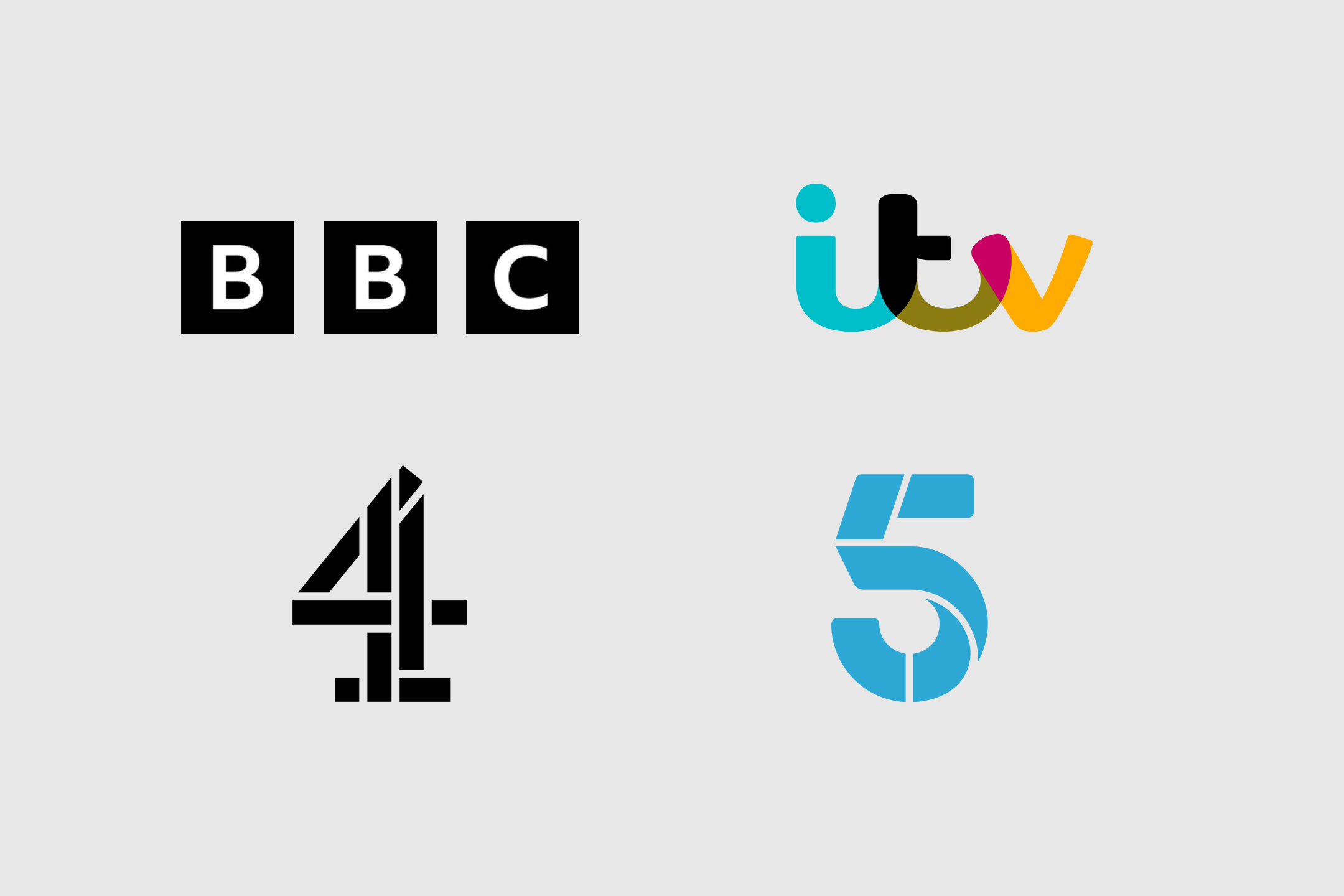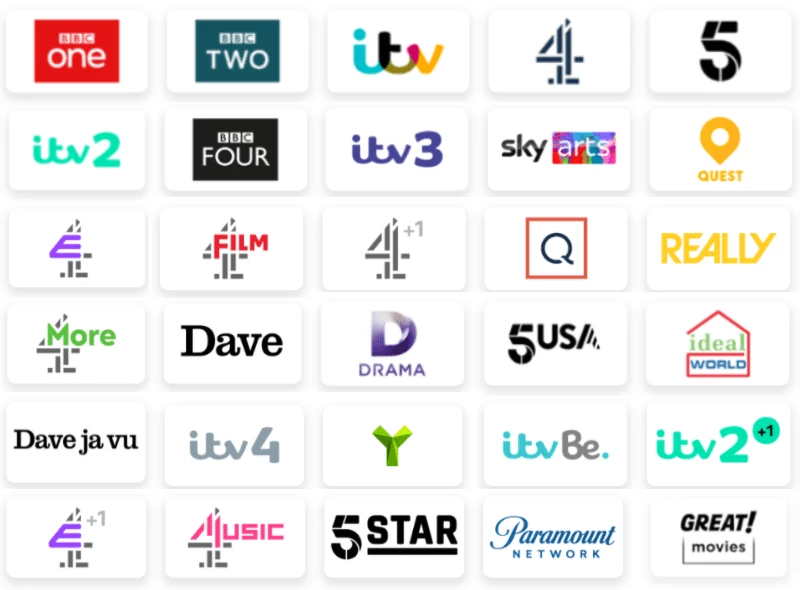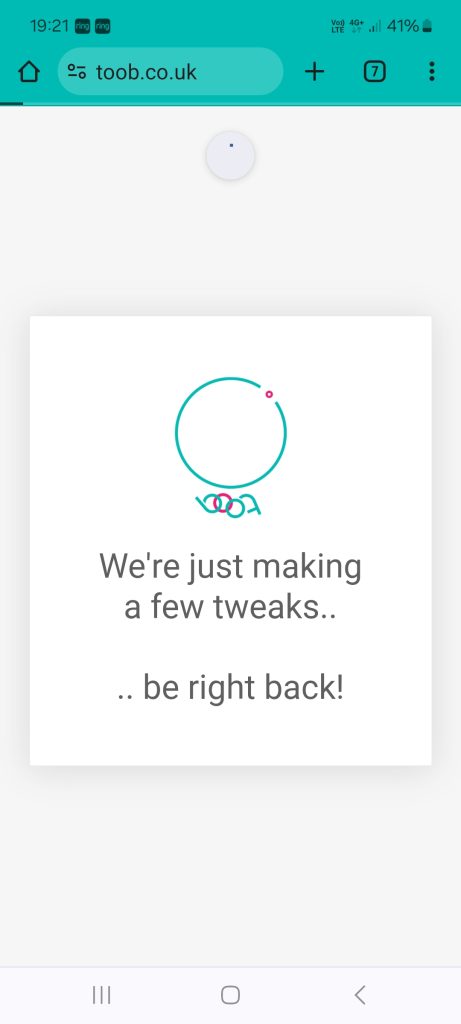Two office productivity suites reign supreme: Google Workspace (Google Docs) and Microsoft Office. But which one is the best tool for you?
Microsoft Office and Google Workspace/Docs have the same three core applications.
- For word processing and text documents, you get Microsoft Word and Google Docs—the Docs name is often used when talking about all of Google’s office apps.
- For presentations, you get Microsoft PowerPoint and Google Slides.
- For spreadsheets, you get Microsoft Excel and Google Sheets.
You can access the web Office apps from onedrive.live.com, and Google’s apps can be used from drive.google.com. The mobile Office apps are bundled in one Microsoft 365 app for iPhone and Android. Google’s mobile apps for Docs, Sheets, Slides, and other tools are individual downloads on iPhone and Android.
The core functionality and interface between the office suites are mostly the same, especially since Microsoft has updated its Office apps over time to behave more like Google’s apps. For example, Word and Docs have a similar design, many of the same keyboard shortcuts, similar spell-check and grammar correction tools, and similar collaborative editing features.
Microsoft and Google both have desktop and mobile versions of all their office apps, so you can get work done from a desktop, tablet, laptop, phone, or anything else with a web browser. However, Microsoft also has native desktop applications for Word, Excel, and PowerPoint, available on Windows and Mac computers. The desktop applications predate the online Office apps, and they have more features than the web versions.
Microsoft’s Office apps are generally more feature-packed than Google’s apps, mostly because Microsoft had a massive head start and has continued to improve and add more functionality since then— Word’s first release was in 1983, and Google Docs first arrived in 2006. For example, some people prefer using Excel over Sheets because the latter is missing some math functions and the ability to install plugins that run locally on the computer. Google Workspace and Microsoft Office have the same core feature set, but Microsoft’s apps are undeniably more versatile.
There are a few other tools that are part of the core Microsoft 365 and Google Workspace packages. You get Google Drive and Microsoft OneDrive for cloud storage. Both services also have a feature for creating online forms that dump results into a spreadsheet.
There are some differences, though. Google doesn’t have an alternative to Microsoft OneNote, the desktop and mobile note-taking software—Google Keep is close, but it isn’t nearly as feature-packed as OneNote. The Google Drawings application for creating diagrams and charts doesn’t have a direct alternative in Microsoft’s app suite. The Outlook email client is usually considered part of Microsoft 365, but Google only has the web-based Gmail, which isn’t quite the same thing.
Microsoft and Google also have all the typical cloud productivity services, including email hosting, calendars, and contacts. If we were comparing the entire cloud ecosystems of Google and Microsoft, we’d be here all day, so we’re just sticking to the office suites.
What You Get for Free
The free version of Microsoft 365 gives you access to the web and mobile apps for Word, Excel, PowerPoint, OneDrive, and Outlook. There’s also 5GB of included cloud storage. You just need a free Microsoft account, and you’re ready.
The main catch is that you can’t create or edit documents on phones and small tablets (“devices with a screen size smaller than 25.5 cms,” according to Microsoft) unless you pay for a subscription. If you don’t pay up, you’re stuck with just viewing documents on mobile. Google’s apps don’t have this limitation.
Free Google accounts get access to all the Workspace apps and 15GB of cloud storage, shared across Drive, Photos, and Gmail. There are no limits on opening, editing, or creating documents on any device.
The Premium Pricing
There are two ways to buy the Microsoft Office apps. The best option for most people is a Microsoft 365 subscription, which starts at $69.99/year or $6.99/month (as of August 2024). The individual plan unlocks access to native desktop applications for Word, Excel, and PowerPoint, and unlocks premium features in Outlook, Editor, and a few other apps. You also get 1TB of cloud storage. A family plan is available for up to six people with more storage.
The other option is buying Microsoft Office 2021 (or Office 2024, when that arrives). It’s a one-time purchase that costs £150 (or less) and only includes the native desktop applications for Word, Excel, and PowerPoint. The apps do not receive feature updates like the subscription version, and the one-time purchase doesn’t unlock editing abilities in the mobile apps.
Google has a few different paid plans, which are mostly for adding more cloud storage, rather than unlocking features in the Workspace apps. The base plan bumps your cloud storage to 100GB for £2/month (as of August 2024), and additional plans are available for 2TB storage and access to Gemini AI features in Workspace apps.
You Can Use Both
Microsoft’s Office apps are packed with features, and desktop applications are more reliable in certain circumstances than any web app (especially when handling large files). However, the collaborative editing features aren’t as robust as Google Workspace, and you have to pay to unlock editing on mobile devices. The native desktop apps are also only available for Windows and Mac—sorry, Linux fans.
Google’s Workspace applications don’t offer native desktop applications, but the web apps work on all desktop platforms, and there are no viewing or editing restrictions in the mobile apps. The ability for multiple people to edit and collaborate on Docs, Sheets, and Slides is also still unmatched—Microsoft’s apps come close but still aren’t as good with live editing.
The good news is that it’s not too difficult to switch between office suites or use both for different projects. You can import Microsoft Office documents into Sheets, Docs, or Slides, and Google’s apps can export to Microsoft Office format. If you’re working on a group project, you can do the live collaborative editing in Google’s apps, then (if you want) move it to a Microsoft app for final edits. You can lose some formatting when converting formats, though.
There’s also a third option: LibreOffice.
The free and open-source office suite is cross-platform, with native apps available for Windows, Mac, Linux, and other operating systems. It can process Microsoft Office documents—either files created by Office apps or files exported from Google Workspace apps and other apps.
Both Google Workspace and Microsoft Office have free versions available, so you can try them out and see which tools work the best for you.
https://www.howtogeek.com/microsoft-office-vs-google-docs-sheets-slides









